
How to Maximize Crop Yields in Agricultura Greenhouse Using Data Driven Techniques
In recent years, the concept of maximizing crop yields in Agricultura Greenhouses has gained significant attention, driven by the increasing global demand for food and sustainable agricultural practices. Reports from the Food and Agriculture Organization (FAO) indicate that greenhouse cultivation can result in crop yields that are 5 to 10 times higher than traditional farming methods. The integration of data-driven techniques, such as precision agriculture and smart sensors, is revolutionizing the way farmers approach greenhouse management. For instance, a study by the American Society of Agricultural and Biological Engineers (ASABE) shows that implementing data analytics in greenhouses can enhance water and nutrient management, leading to a potential increase in productivity by up to 20%. As the agricultural sector continues to embrace technology, understanding how to effectively utilize these data-driven strategies in Agricultura Greenhouses will be crucial in meeting both economic and environmental challenges in the future.
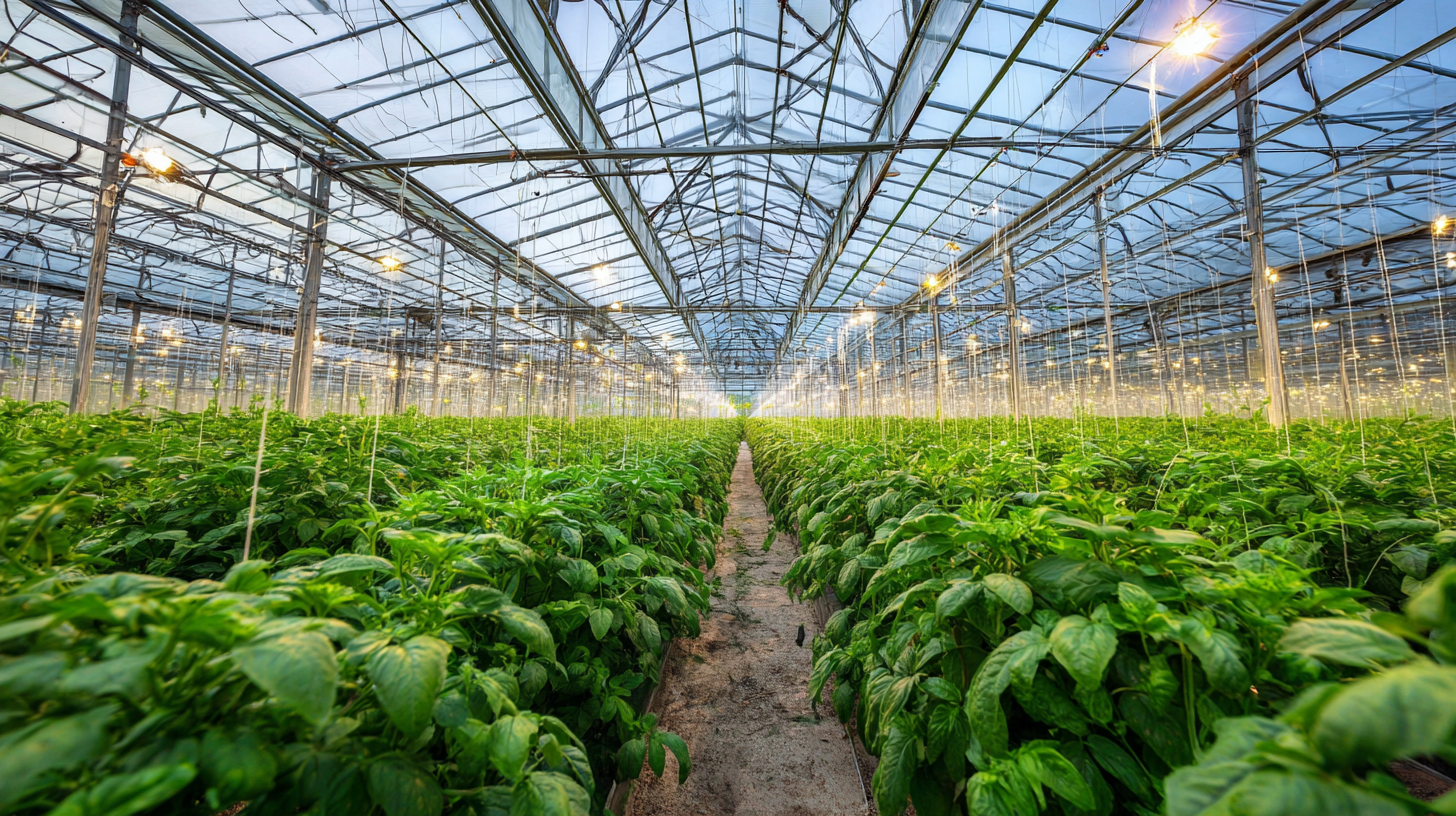
Understanding the Importance of Data-Driven Techniques in Greenhouse Agriculture
In the era of precision agriculture, data-driven techniques have emerged as vital tools for maximizing crop yields in greenhouse environments. Understanding the importance of these methods begins with recognizing how data can inform decision-making. By collecting and analyzing information related to environmental conditions—such as temperature, humidity, and light levels—growers can create optimized growing environments that enhance plant health and productivity. The integration of sensors and data analytics allows for real-time monitoring, enabling proactive management of crops and quick responses to any potential issues.
Moreover, data-driven techniques facilitate advanced forecasting and predictive modeling. By leveraging historical data and machine learning algorithms, farmers can anticipate trends related to pest outbreaks, nutrient requirements, and optimal planting times. This not only leads to more efficient resource allocation but also reduces waste and enhances sustainability. The proactive approach provided by data analytics ensures that growers are better equipped to adapt to changing conditions and make informed choices that directly impact crop yields, ultimately leading to more profitable and sustainable greenhouse operations.
Maximizing Crop Yields in Agricultural Greenhouse Using Data-Driven Techniques
This chart illustrates the relationship between different data-driven techniques and their impact on crop yields in agricultural greenhouses. The techniques analyzed include Controlled Environment Agriculture (CEA), Soil Moisture Management, and Nutrient Management. Each technique's effectiveness is measured in terms of yield increase percentage.
Leveraging Sensor Technology for Real-Time Crop Monitoring and Data Collection
Leveraging sensor technology is a game-changer for maximizing crop yields in agricultural greenhouses. By deploying a variety of sensors, farmers can monitor real-time data on temperature, humidity, light levels, and soil moisture, all of which are critical for optimal plant growth. This wealth of information helps growers make informed decisions about their crops, allowing for adjustments that can lead to increased yields. For instance, integrating climate control systems with moisture sensors can ensure that plants receive consistent watering, preventing stress and promoting healthy development.
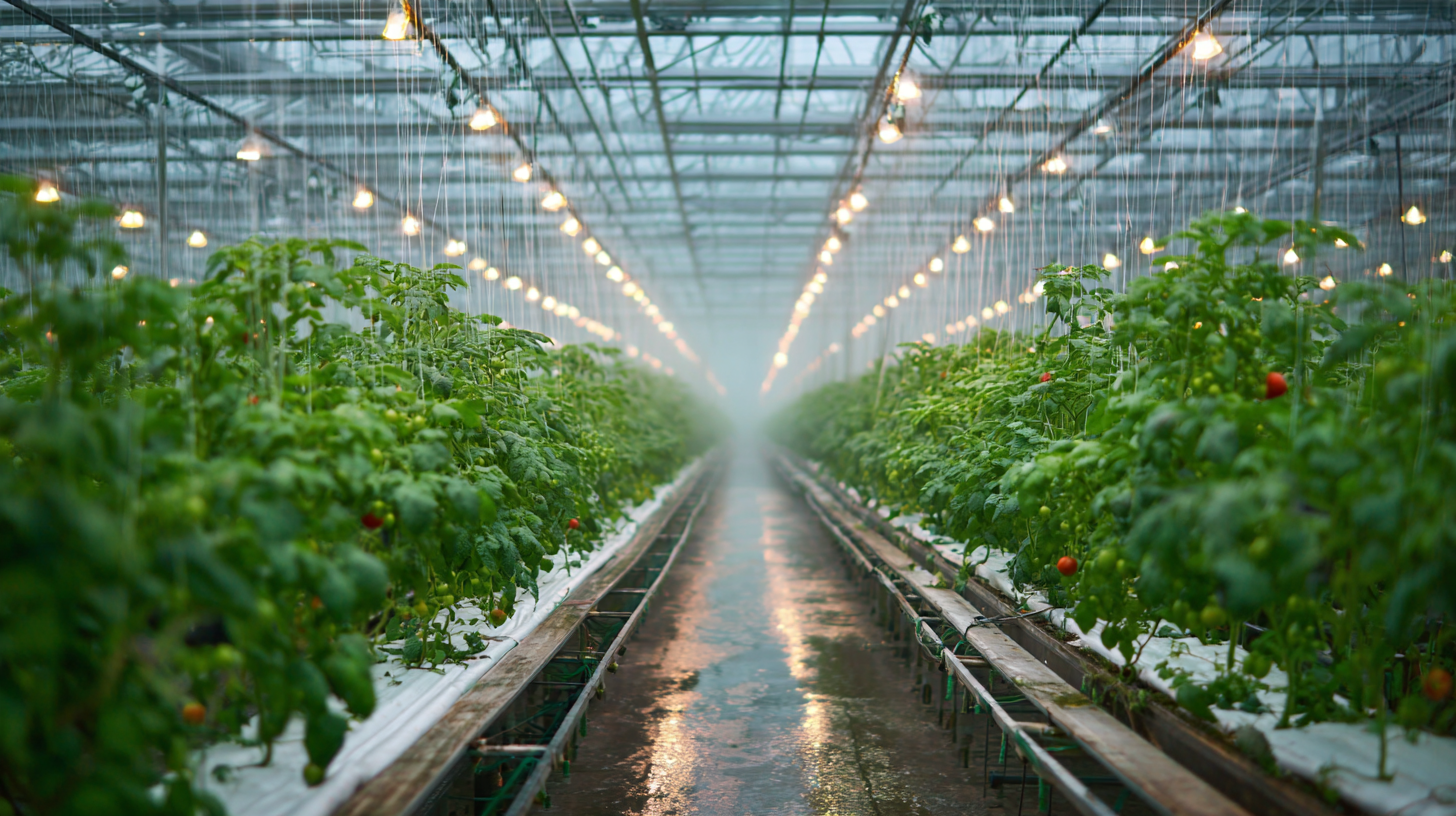
Tips for effective sensor use include conducting a thorough environmental analysis before installation. This involves identifying the specific needs of the crops being grown and selecting sensors that will provide the most relevant data. Additionally, regularly calibrating your sensors is vital to maintain accuracy, ensuring that the data collected reflects real conditions. Finally, consider using advanced software that can aggregate and analyze sensor data to offer actionable insights, helping you to respond swiftly to changing conditions in the greenhouse. By embracing these practices, growers can harness the full potential of data-driven techniques to enhance crop yields significantly.
Implementing Predictive Analytics to Optimize Growth Conditions
In modern agriculture, the integration of predictive analytics has become crucial for maximizing crop yields, particularly within greenhouse environments. Utilizing data-driven techniques enables farmers to analyze a multitude of variables, such as soil moisture, temperature, and humidity, to create optimal growth conditions. A recent report highlighted that farms employing intelligent environmental control systems leveraging AI and IoT technologies have seen up to a 20% increase in productivity compared to traditional methods. By implementing predictive analytics, growers can preemptively adjust conditions to foster ideal plant health and development.
Furthermore, advancements in plant phenomics technology enable high-throughput phenotyping, allowing for standardized measurement of plant traits linked to environmental and genetic factors. This sophisticated data gathering can lead to enhanced understanding and control of growth factors in controlled environment agriculture (CEA). Research indicates that systems utilizing predictive analytics can reduce resource waste by approximately 15-30%, demonstrating the economic and environmental benefits of data-driven farming approaches. As the demand for food continues to rise, incorporating these technologies is not just innovative but necessary for sustainable agricultural practices.
How to Maximize Crop Yields in Agricultural Greenhouse Using Data Driven Techniques
| Crop Type | Optimal Temperature (°C) | Optimal Humidity (%) | Light Exposure (hrs/day) | Yield (kg/m²) |
|---|---|---|---|---|
| Tomato | 24 | 70 | 8 | 10 |
| Cucumber | 22 | 85 | 10 | 12 |
| Lettuce | 20 | 90 | 12 | 15 |
| Bell Pepper | 25 | 65 | 9 | 9 |
| Spinach | 18 | 80 | 11 | 14 |
Utilizing Machine Learning Models for Enhanced Decision Making in Crop Management
The integration of machine learning models in agricultural practices has emerged as a transformative approach for maximizing crop yields in greenhouse environments. With the ability to analyze complex datasets, these models provide critical insights that enhance decision-making in crop management. For instance, the deployment of agro-deep learning frameworks has shown a significant improvement in predicting crop yields and optimizing resource allocation. Research indicates that the use of NDVI (Normalized Difference Vegetation Index) time-series data can effectively classify and monitor crops, facilitating more precise management strategies tailored to the needs of diverse agricultural systems.
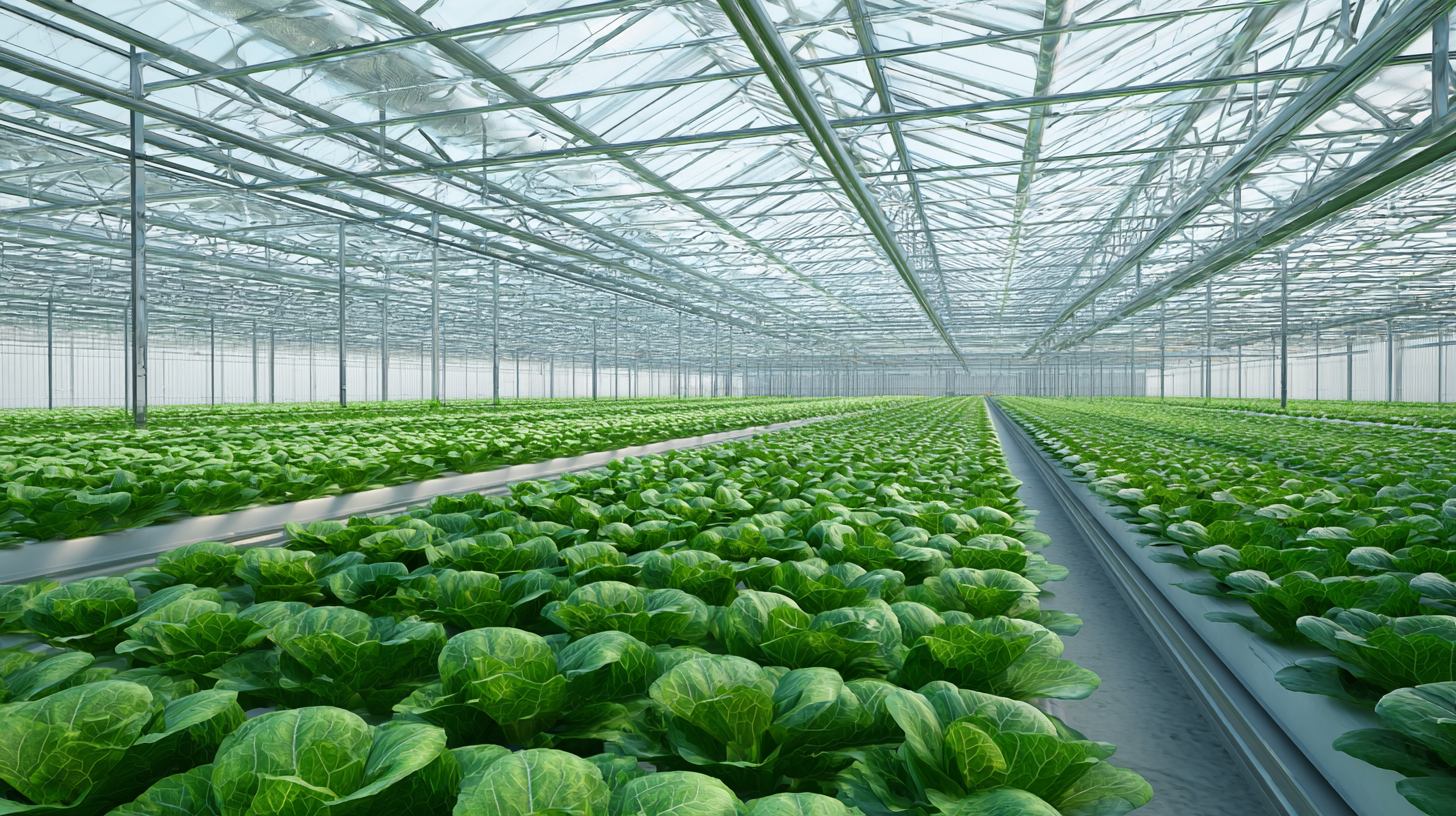
Recent advancements emphasize the importance of incorporating soil information into machine learning algorithms to improve crop recommendations, which in turn enhances agricultural output. Studies have demonstrated that integrating geophysical and multispectral data through unsupervised machine learning can lead to better irrigation management, vital for sustainable production, especially in regions susceptible to climatic fluctuations. As agriculture faces unprecedented challenges from climate change, employing AI and machine learning not only elevates productivity but also fosters resilience in farming practices, exemplifying the potential of technology to redefine food production in a global context.
Integrating Automated Systems for Efficient Resource Allocation and Yield Maximization
Integrating automated systems into agricultural greenhouses revolutionizes the way resources are allocated and enhances crop yield maximization. By utilizing advanced sensors and IoT devices, growers can monitor environmental conditions such as temperature, humidity, and soil moisture in real time. This data-driven approach allows for precision irrigation and targeted nutrient delivery, minimizing waste and ensuring that plants receive exactly what they need to thrive.
Moreover, automation systems can facilitate optimal lighting and climate control, adapting to the specific requirements of different crops. By analyzing historical and real-time data, these systems can predict the best conditions for growth and make adjustments accordingly. This not only streamlines operations but also significantly reduces labor costs. Ultimately, the integration of automated systems fosters a more sustainable, efficient greenhouse environment where resources are utilized wisely, paving the way for enhanced crop productivity and profitability.
Related Posts
-

The Ultimate Checklist for Choosing the Perfect Industrial Greenhouse Design
-

10 Amazing Reasons Why Agricultura Greenhouse Increases Crop Yields by 50 Percent
-
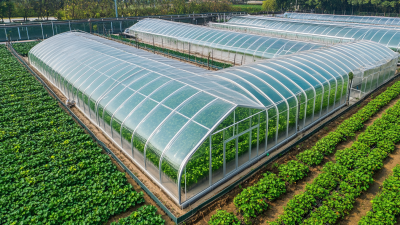
Top 10 Single Span Greenhouse Manufacturers from China at the 137th Canton Fair
-

Unmatched Quality with Best Gothic Greenhouses from China's Trusted Manufacturing
-
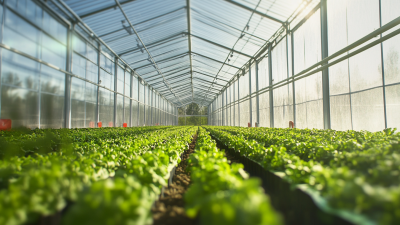
Quality Greenhouses from China: A Global Marketplace Revolution
-
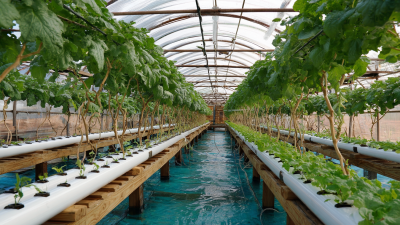
Unlocking the Advantages of the Best Aquaponics Greenhouse for Sustainable Farming Practices
